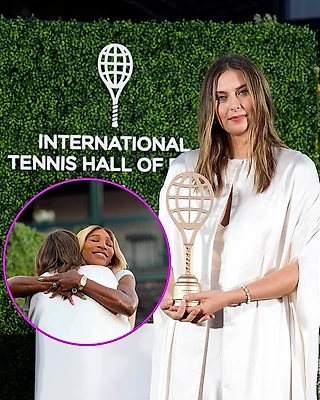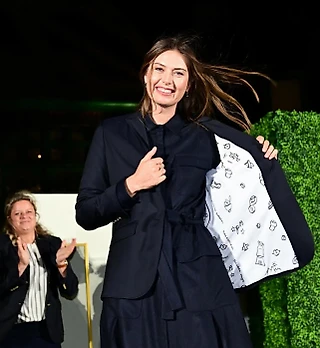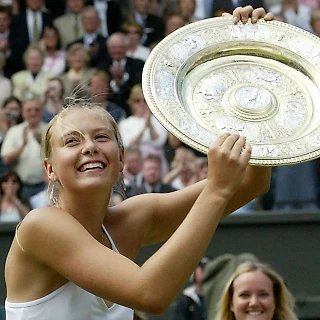How Maria Sharapova has transformed herself into a clay-court expert
Simon Cambers
Monday, 28 April 2014
Maria Sharapova won her 30th career title on Sunday as she won Stuttgart for the third time in a row, coming back to beat Ana Ivanovic in three sets. The woman who once described herself as moving like “a cow on ice” on clay courts is now something of a mudlark and it’s arguable that now, 10 years after her Wimbledon triumph, she is more dangerous at Roland Garros than any other grand slam venue.
Her win in Stuttgart was her eighth on clay, a significant percentage, but what’s more interesting, to me at least, is that six of them have come in the past three years (and seven in the past four years). She also completed the career grand slam by winning in Paris two years ago and reached the final last year.
Working out why is not so easy. When she first came along, Sharapova overpowered most of her opponents with her in-your-face groundstrokes, blistering returns and a serve that was good enough to win more than her fair share of free points. Her relative weakness – her movement – was masked by her power and her almost unmatched battling spirit.
It was back in 2007 that Sharapova first mentioned “cow on ice”, explaining how unnatural she felt playing on clay. That was when she was struggling with her serious shoulder injury. Fast forward seven years and if anything she looks more comfortable on clay even than on hard courts, her most successful surface, with 17 titles.
So how has she done it? Well, she’s matured, for a start, into a more tactical player when the surface does not do the work for her. Her groundstrokes are virtually flat, so she misses out on the reaction of the clay to top-spin, but her point-construction is far superior now to when she first came on the scene and relied on blasting people away.
Secondly, she has learned to slide on clay, especially to her backhand side. It still looks a little ungainly at times, but it’s hugely effective and since her backhand is her better wing, she has the strength on the run/slide to be able to punch the ball back with the two-hander, even when pushed to extremes. That’s something she couldn’t do until a few years ago and is a massive improvement.
Her serve has always been a weapon but it’s also something of a liability, when things are not going right, with double faults flowing occasionally. There’s not much wrong with the technique but sometimes she decelerates on it. which results in the ball going into the net. But on clay, she is able to use her height to kick her serve more, giving her more margin for error. Returning a high-kicking serve is never easy and when the ball drops short, Sharapova is able to launch her groundstrokes for the one-two, or one-two-three punch. And she’s even willing to come forward and use the drive-volley.
Also – and perhaps this is crucial – the massive weapon that is the Serena Williams serve – is not quite so effective on clay as elsewhere. That’s not to say Serena is not a better player on clay than the Russian – she’s beaten her enough times on it lately – but it levels the playing field, a touch.
Sharapova’s mental strength has been behind a lot of her success and with the longer rallies on clay, that helps even more. Only Serena Williams can match Sharapova for mental toughness and perhaps the longer rallies and longer matches play into her hands.
After a tough start to the year, and continuing pain in her shoulder, Sharapova is back in the winners’ circle and with Serena’s head not quite right at the moment and Victoria Azarenka out injured, she will be beginning to feel like Paris could be hers for the taking once more.
Просмотров всех постов блога на эту неделю:
Просмотров всех постов блога в этом месяце:
Просмотров всех постов блога в этом году:
Прим.: начало отчета просмотров - 21.04.2014








